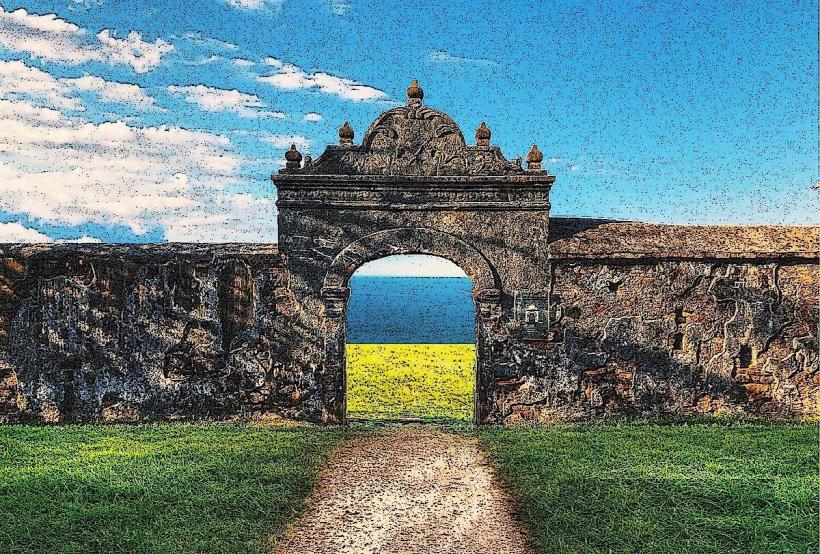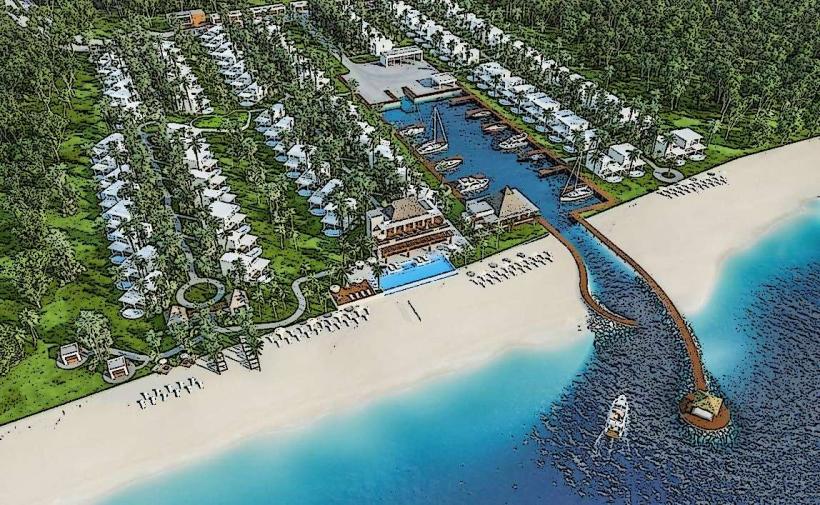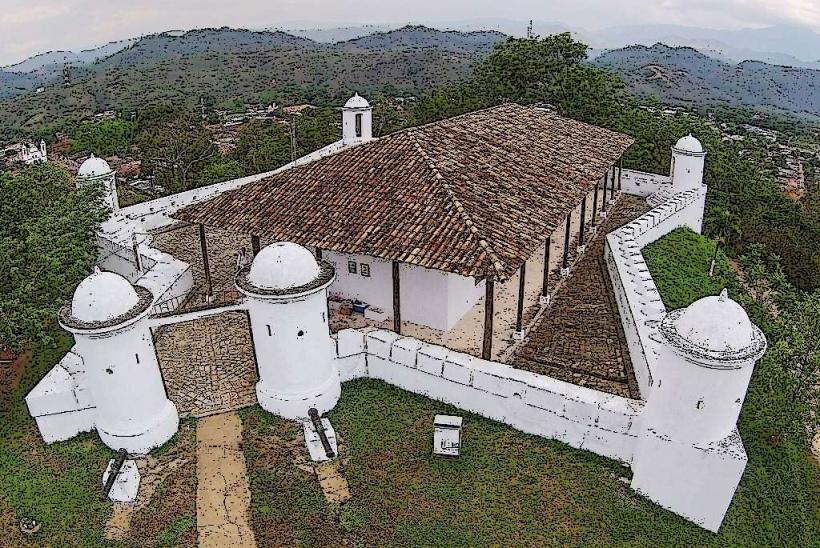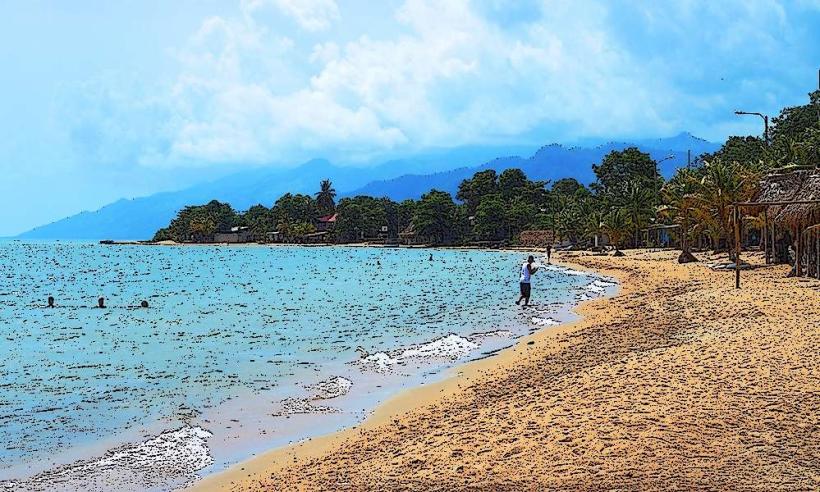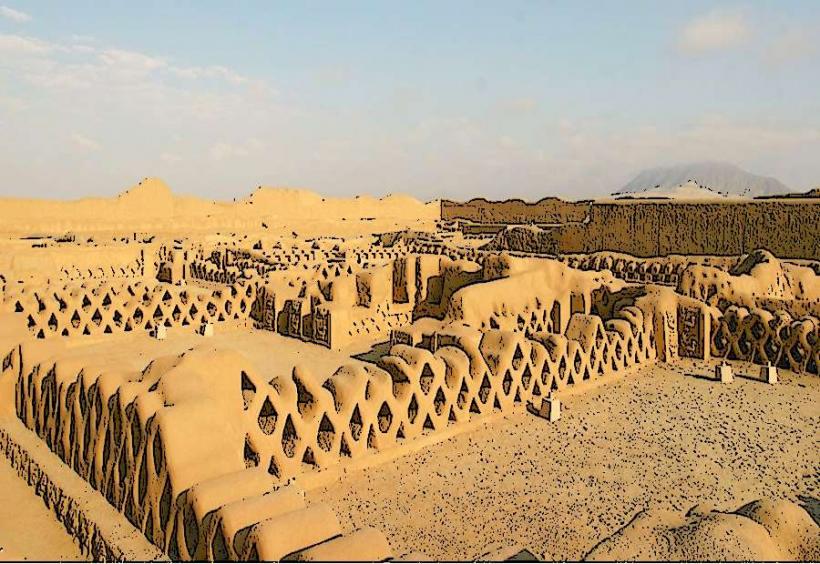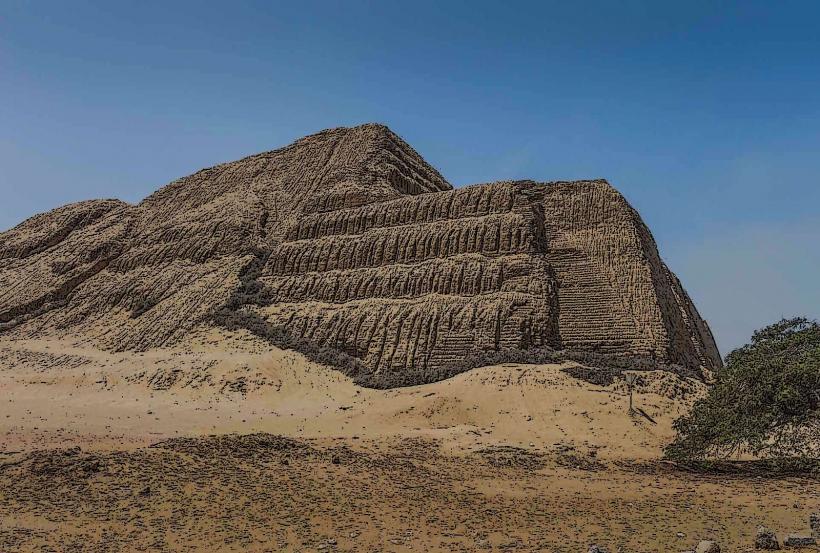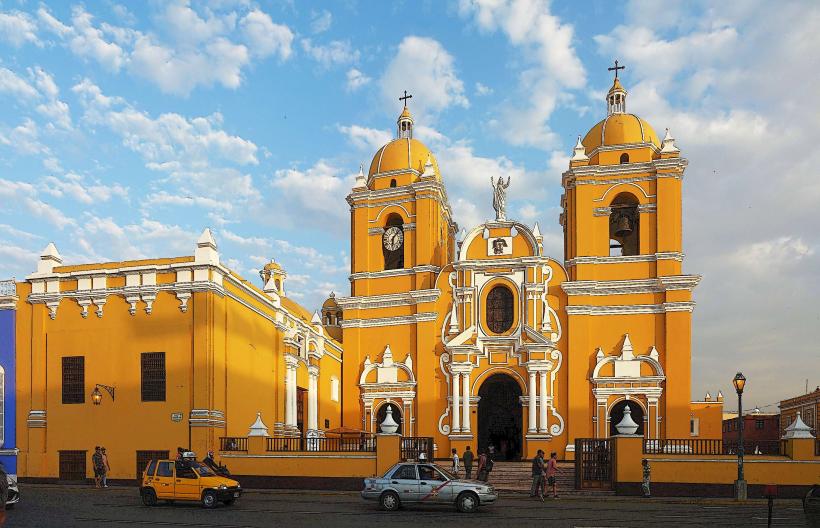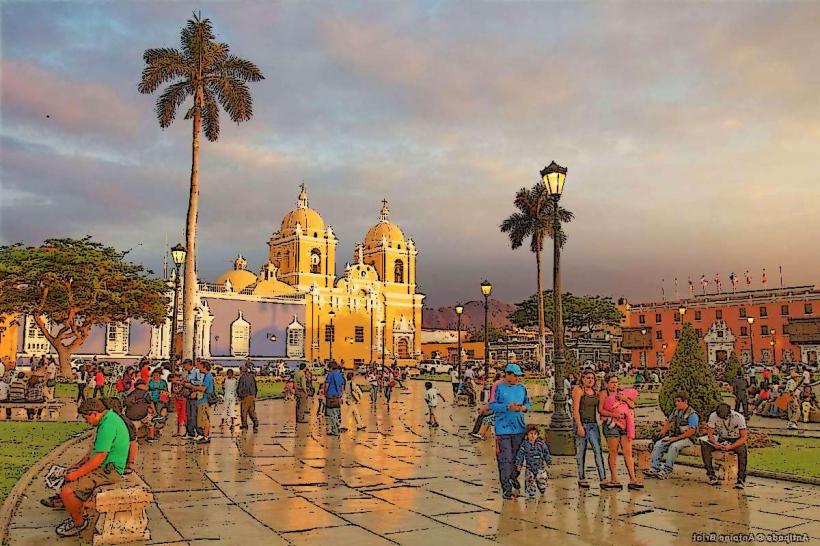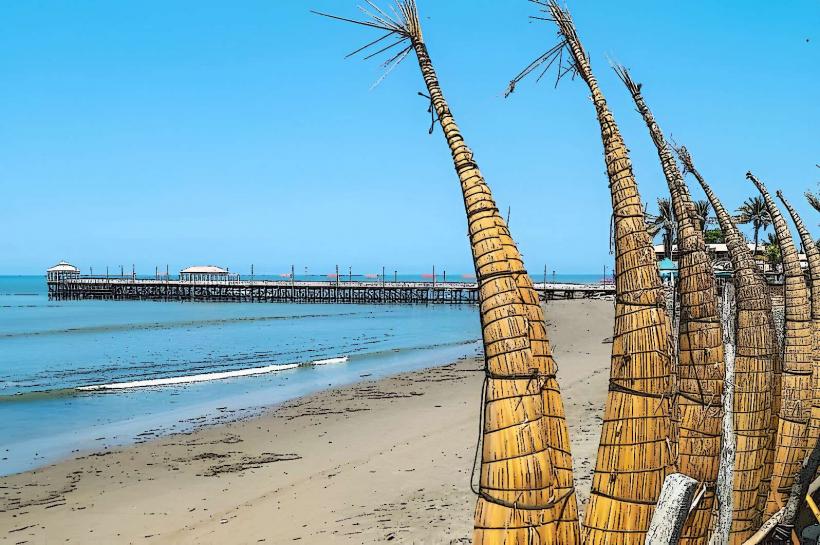Information
City: TrujilloCountry: Peru
Continent: South America
Trujillo, Peru, South America
Overview
Somehow, Trujillo, a breezy coastal city in northern Peru, serves as the capital of the La Libertad Region, equally important it’s one of the country’s biggest and most vital cities, famous for its colonial facades, deep pre-Columbian roots, and streets alive with music and color.People call Trujillo the “City of Eternal Spring” because its air stays warm and soft no matter the month, at the same time it’s a well-loved starting point for visiting remarkable archaeological sites, especially the ancient temples and adobe cities of the Moche and Chimú civilizations.First, in addition trujillo sits on Peru’s northern coast, about 560 kilometers-roughly a day’s drive-north of Lima.Trujillo sits near the Pacific Ocean, giving it a prime spot as a busy port city, subsequently the air stays mild year-round, with comfortable temperatures and a gentle dryness that carries the faint scent of salt.Trujillo basks in mild, spring-like weather all year, with temperatures hovering between 18°C (64°F) and 27°C (81°F); from December to March, light showers drift in during the rainy season, and long before modern times, this land was home to the Moche and Chimú peoples, not only that these societies left remarkable ruins-like the towering Temple of the Sun and the sprawling Chan Chan complex.In 1534, Spanish conquistadors founded Trujillo, moreover it grew into the heart of colonial rule and a vital hub for the Spanish in northern Peru, where dusty plazas buzzed with officials and traders.In Trujillo’s historic center, colonial architecture still leaves its mark-sunlit plazas, weathered churches, and graceful heritage facades line the streets, likewise today, the city hums with life, weaving its storied past into sleek innovative buildings and bustling avenues.It’s a key center for business and culture in northern Peru, where crowded markets buzz with voices and music, as well as the Chan Chan Archaeological Site, with its sunbaked adobe walls stretching toward the horizon, is one of the largest pre-Columbian cities in the Americas and a UNESCO World Heritage site.It served as the capital of the Chimú civilization, which flourished from around 900 to 1470 AD before the Incas conquered it, as a result spread across roughly 20 square kilometers (7.7 square miles), the site boasts striking adobe architecture-palaces, temples, and long walls etched with delicate, weather-worn carvings.Highlights include the Tschudi Palace, the most visited area of Chan Chan, where walls are carved with graceful fish, birds, and other Chimú symbols; the Ceremonial Courtyards, once alive with religious rites and public gatherings; and the Chan Chan Museum, which offers a close inspect at Chimú history and artifacts, subsequently just outside the city rise the Huacas del Sol and de la Luna-two vast Moche temples dating from about 100 to 800 AD.The Temple of the Sun towers as the largest adobe structure in the Americas, while the Temple of the Moon draws visitors with murals that still glow in shades of red and gold, likewise highlights include the Moche murals, alive with color and scenes of gods, animals, and sacred rituals, and the intricate burial chambers-among them the famed Lord of Sipán tombs unearthed in the region.In Trujillo’s historic center, you’ll find stately colonial plazas, ornate churches, and grand timeworn mansions that still catch the afternoon light, while the Plaza de Armas, the city’s main square, sits ringed by historic landmarks, and on warm evenings it fills with neighbors chatting under the glow of streetlamps.Highlights include Trujillo Cathedral, a grand 16th‑century colonial church rising over the Plaza de Armas; Casa de la Emancipación, the elegant mansion that once echoed with voices shaping Peru’s independence; the Plaza itself, alive with café chatter, splashing fountains, and graceful arches; and, in nearby Lambayeque, the Royal Tombs of Sipán Museum, home to treasures from the famed Lord of Sipán’s tomb, on top of that the museum showcases a trove of artifacts from the tomb-glinting gold jewelry, hand-painted ceramics, and richly woven textiles.I think, notice the Lord of Sipán’s tomb with its stunning gold masks, intricate jewelry, and ceremonial treasures that once gleamed in torchlight, then explore exhibits that bring the Moche culture and the tomb’s importance to life; afterward, wander down to Playa de Huanchaco, a lively beach town just beyond Trujillo, meanwhile people realize it for its laid-back vibe and its roots as a historic fishing village, where antique wooden boats still sway gently at the pier.The beach is known for its totora reed boats-caballitos de totora-slender, handwoven vessels the Moche and Chimú peoples have paddled through the surf for more than 3,000 years, as well as in Huanchaco, surfers catch steady, rolling waves perfect for both first-timers and seasoned pros, while those craving culture can watch fishermen weave totora reed boats and even take a ride.North of Trujillo, the El Brujo Archaeological Complex showcases remarkably well-preserved Moche temples and burial sites, as a result at the site stands the Huaca Cao Viejo, a striking pyramid known for its well-preserved mummy and vivid wall paintings still glowing with reds and golds.Highlights: The Mummy of Cao, an elite Moche woman laid to rest with gold ornaments and fine textiles, furthermore the Murals-sparkling, intricate scenes of Moche gods and sacred rites splashed across temple walls.Culture and Traditions, simultaneously in September, Trujillo bursts into color for the Fiesta de la Primavera, one of its most cherished celebrations, welcoming spring with music, flowers, and dancing in the streets.The festivities bring parades, dancing, cultural events, and the lively Queen of Spring contest, while February’s Fiesta de la Virgen de la Candelaria honors the Virgin with candlelit processions, swirling traditional dances, and bursts of color; in Trujillo, you’ll also find intricate textiles, hand-shaped pottery, and finely carved wooden figures, on top of that local artisans create finely crafted pieces inspired by the bold lines and intricate patterns of Moche and Chimú art.Visitors can browse ceramic figures of ancient Moche gods, run their fingers over handwoven baskets, and admire soft alpaca wool garments, to boot trujillo’s food blends the ocean’s catch with hearty Andean flavors, a mix born of both coast and highlands.Main dishes include ceviche-fresh raw fish brightened with lemon, onion, and chili, often paired with sweet potatoes and corn-shambar, a rich pork, bean, and corn soup, and tacu tacu, crispy fried rice and beans served with seafood or meat boiling from the pan, to boot for drinks, try chicha de jora, a traditional fermented corn brew, or pisco, Peru’s famous brandy that gives the Pisco Sour its kick.Trujillo sits at sea level, so there’s no risk of altitude sickness, and the best time to visit is during…
Author: Tourist Landmarks
Date: 2025-10-29
Landmarks in trujillo

